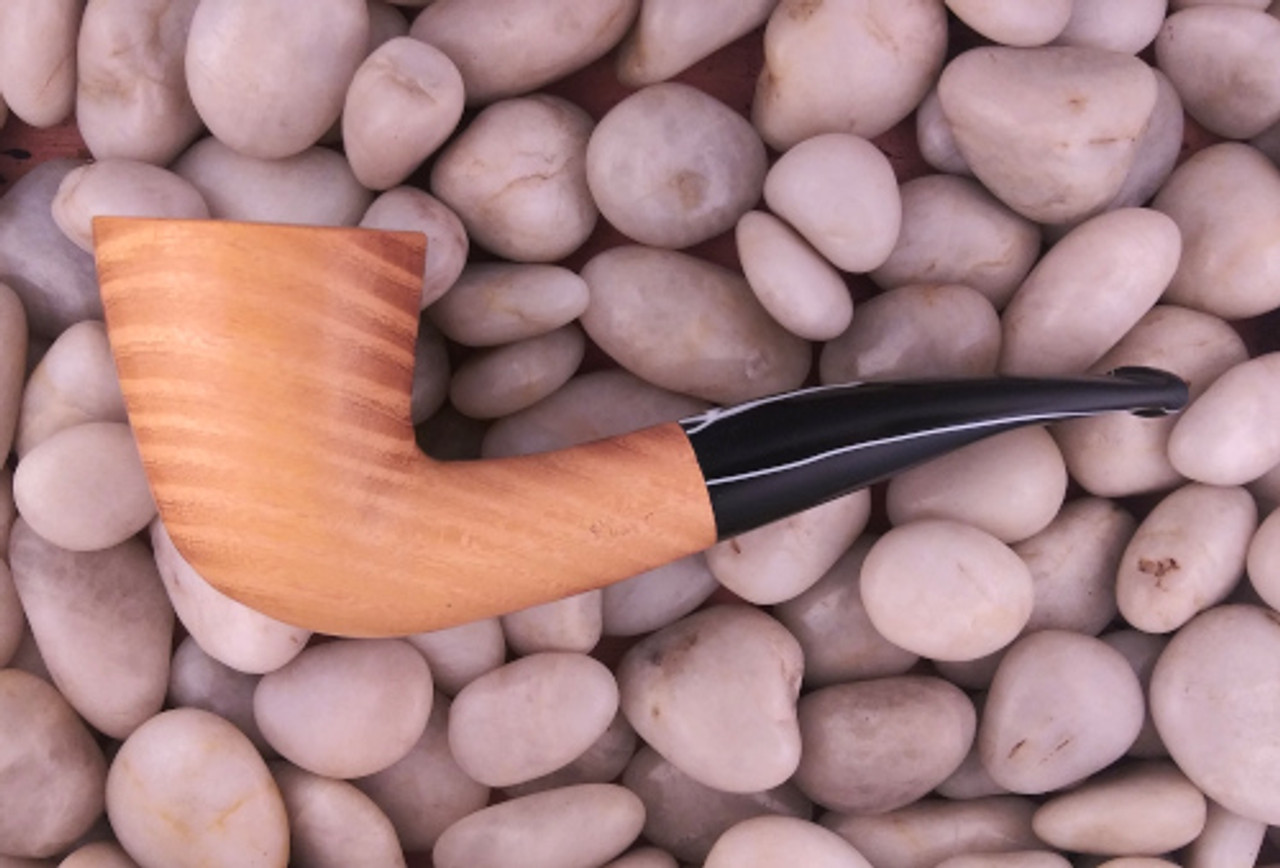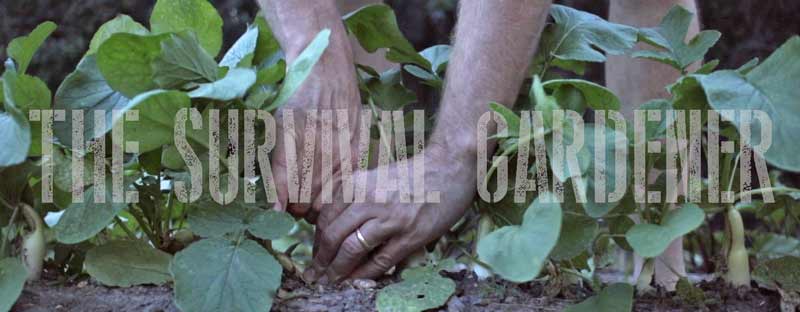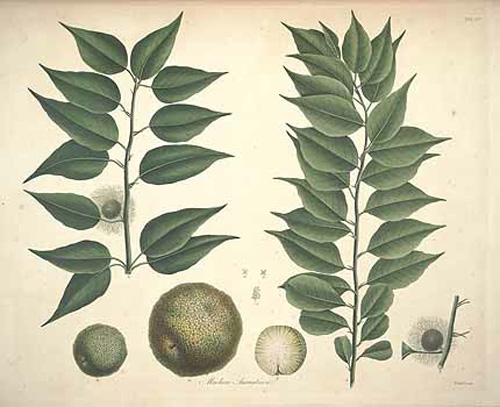“We can’t sell citrus,” a fellow nursery owner told me.
He was looking at a row of thorny potted trees in my nursery. He’d asked what they were and I told him “Osage orange.”
“They’re not really a citrus,” I explained.
Osage oranges are a strange plant. They are in the mulberry family but are very thorny. They have huge green fruit that are completely inedible and filled with latex sap. They are hated by some and loved by others.
They really shine as hedges.
(Osage orange’s) original range was limited to parts of Texas, Oklahoma, Arkansas and Louisiana until it was brought in for windbreaks and living fences in the 1880s. At that time, many miles of hedge were constructed by planting thousands of young Osage Orange trees closely together in a line. Many hedgerows still can be seen dividing fields and pastures today.
Once established, the thorny young trees were pruned to promote thick, bushy growth. The term “Horse high, bull strong and hog tight”, used to describe the Osage Orange, simply means that the hedge rows were pruned so that they were tall enough that a horse would not jump it, stout enough that a bull would not push through it and woven so tightly that even a hog could not find its way through.
Last year I started at least fifty of them in my plant nursery.
I’ve brought them to show after show, yet they rarely sell. It’s hard to convince people they need a thorny tree that grows inedible green cannonball fruit.
Yet they are beautiful and gnarly, with extremely hard orange wood.
Skip Elliot at the Briary has even made some pipes from Osage, like this one:

I think I’m going to plant my unsold Osage orange trees along the front of our property. I like the idea of having Osage wood at some point, as well as having an impenetrable boundary hedge. I bet they’d made great biochar, too.


6 comments
Intending to try a similar thing myself. I saved some seeds from my grandparents farm in montgomery. Just got to get started. I want to use them to make a fence, but i struggle to find the time and space get to the seeds started in pots . If you want to sell them I’m happy to buy some.
I am going to be driving up your way this next week. I could put some trees in the car. How many Osage do you want?
In Texas we call them Bois d’ark (pronounced “Bo Dark”, it is French meaning bow wood) and we call the fruits Horse Apples, although they can be a choking hazard to livestock.
The easiest way to grow them is to plant the whole fruit. Whether that is efficient is debatable. Yes you plant all the seeds in one place, but if you’ve ever tried to get the individual seeds out of the fruits you will understand the preference.
I have read that people used to let them rot into mush, then spread the mush in trenches to germinate. It really is hard to get the seeds out of a ripe fruit.
Was introduced to this tree when I moved to Mississippi for college. It was called “bodok”, and one was growing by the soccer field. The whole fruit is supposed to be a roach repellent. I collected the fruit as dorm decoration, and others like tossing them around in the field. Notorious for damaging saws, spiny, but still a useful and beautiful tree! Can also be used as a natural dye!
They would be a cool decoration. I love the fruits.
Comments are closed.